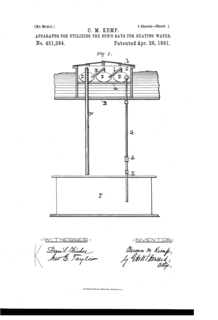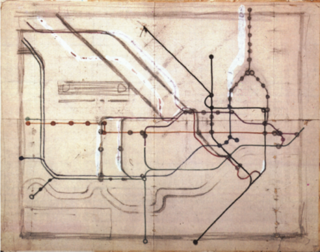
In the early 19th century, scientists had hypothesized that the earth's climate could change over time, but the mechanisms of said change were unknown. When trying to settle a debate on how the sun's rays heat the earth, amateur scientist Eunice Foote observed that a CO2-filled cylinder exposed to sunlight would reach the highest temperatures among other gases she recorded. Noting the fact that the earth once had an atmosphere richer in CO2, her seminal paper concluded that a higher concentration of the gas would directly result in higher temperatures on earth (see excerpt).
Her discovery of CO2 as a greenhouse gas initiated a new view of the earth's climate, no longer as something fixed, but as something mutable. While her work was mostly forgotten to be rediscovered later, her ideas contributed to the modern field of climate science—studying the forces that affect the earth's climate: From variations in the intensity of the sun, to volcanic eruptions, and concentrations of greenhouse gases occurring naturally and unnaturally. Her prediction dramatically changed how we think about our future on this planet.




